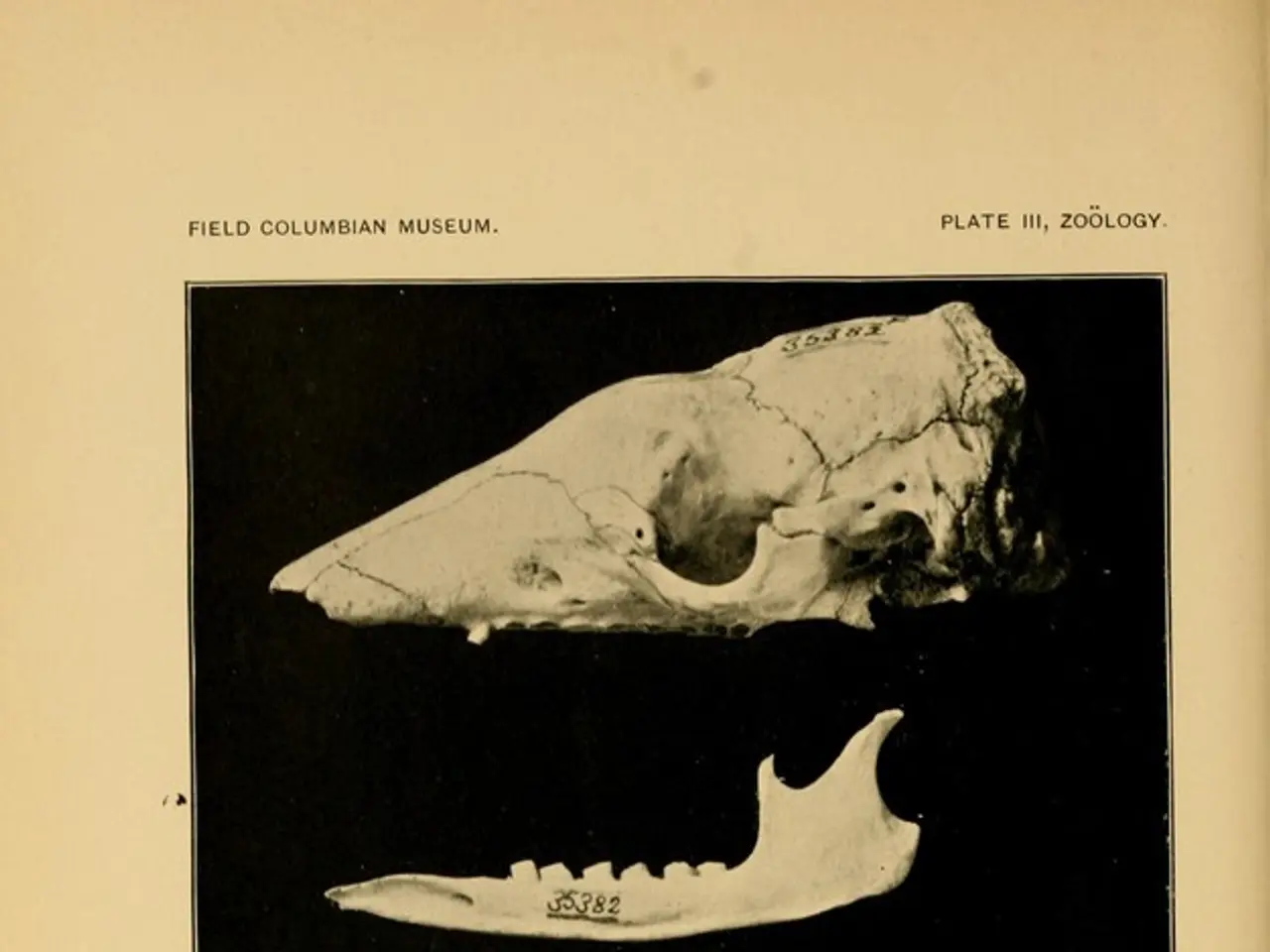Plant Preferences Unveiled: A Botanist's Exploration into Favorite Soils of Flora Species
In the realm of plant science, understanding the specific soil needs of various plant species plays a crucial role in cultivation success, whether for farm crops, medicinal plants, or ornamental plants.
For instance, farm crops typically thrive in deep, well-drained, fertile soils with balanced moisture retention. Soil texture like sandy loam or loam is preferred for root crops such as carrots to enable root elongation. pH control is vital, with slight acidity to neutral pH being common for many farm crops. Proper nutrient content and organic matter support growth but must be balanced to avoid excessive foliage growth and to maximize yields.
Medicinal plants, especially aromatic herbs, need well-draining soils with good aeration to prevent root diseases. Sandy soils are often preferred to replicate natural (often Mediterranean) conditions that concentrate essential oils and active compounds. Soil amendments such as sand can improve drainage and temperature consistency, benefiting oil concentration in plants like lavender and rosemary.
Ornamental plants have varied soil needs depending on species but often need well-amended soils that promote flowering and foliage. Soils are commonly enriched with organic matter and sometimes adjusted for pH to optimize flower color and plant health. Drainage is still important to prevent rot but may vary according to the specific species used in ornamental horticulture.
It's essential to note that plant pathology, a branch of study that investigates diseases affecting the quality and safety of foods, plays a significant role in ensuring the optimal health of crops. By understanding the factors causing plants to fail reaching their genetic potential and developing interventions to protect plants, reduce crop losses, and improve food security, we can create an environment that fosters growth and development.
Moreover, universities and research institutions play a vital role in advancing plant breeding and genetics, offering degrees, research programmes, and translational research that bridges fundamental research with applied breeding programmes. This collaborative effort between academia, industry, and government agencies is essential in addressing the challenges faced by modern agriculture and horticulture.
In conclusion, soil requirements vary substantially among farm crops, medicinal plants, and ornamental plants, largely driven by their evolutionary adaptations and cultivation goals. By understanding these requirements and tailoring our soil management practices accordingly, we can ensure the success of our crops and the sustainability of our agriculture and horticulture industries.
Vegetable gardening can benefit from the knowledge gained in plant science, as proper soil management such as maintaining the correct pH and nutrient content can promote healthy growth and high yields of nutritious produce. In the realm of health-and-wellness and fitness-and-exercise, incorporating fitness-friendly vegetables like carrots, grown through vegetable gardening, into balanced diets can contribute to overall nutrition and well-being.
Additionally, understanding the soil requirements of medicinal plants, such as lavender and rosemary, can aid in the creation of potent essential oils for aromatherapy and or alternative medicines, aligning with the principles of health-and-wellness.






